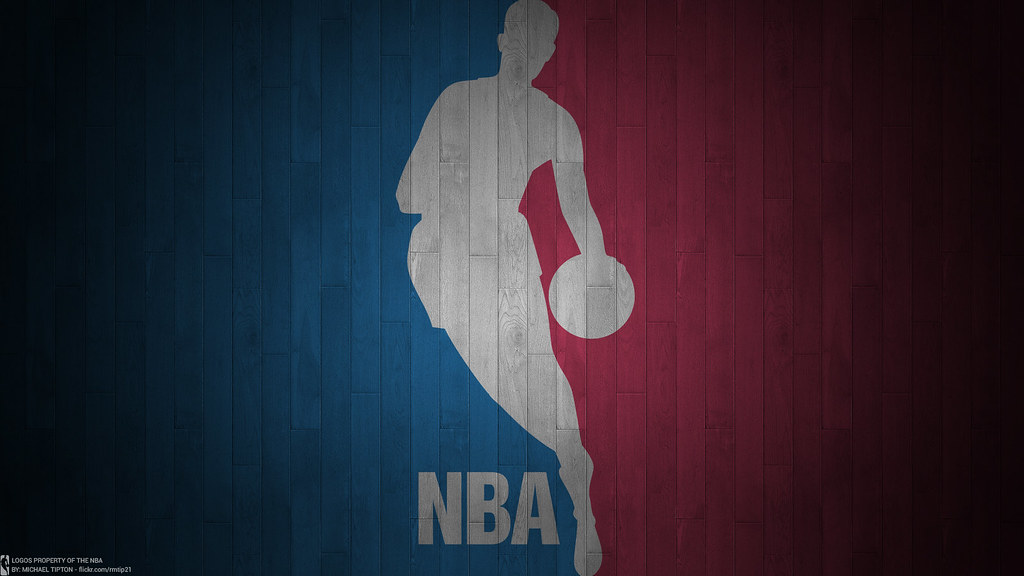Field hockey is all about outwitting your opponent by mastering the stick and the ball. Understanding the laws of tackling is critical for avoiding needless fouls and limiting game disruption. In field hockey, for instance, what is a stick tackle?
A stick tackle occurs when a tackler strikes an opponent’s stick instead of the ball in field hockey. Stick tackling is a violation that may be difficult for umpires to detect. While genuine defensive tackles are important, field hockey is still a non-contact sport in which players cannot strike another opponent’s stick with their own.
In Field hockey, the Proper way to use a stick
The hockey stick, like the ball, is an essential product in field hockey. There without a player are unable to participate in the game.
The Components
A field hockey stick is made up of three components. The grip, also referred to as the handle or stick, is the portion of the stick where you grasp it.
Grip
In field hockey, knowing how to grip a hockey stick is critical, particularly while tackling. A good grip enhances ball control and aids in the performance of a reckless challenge. Because all hockey sticks are designed for the right hand, the handle would be the same for left-handed and right-handed players.
The fundamental gripping is the most frequent technique and serves as the foundation for numerous tackles. Place your left hand in a tight clutch at the bottom of the stick, with your right hand loosely positioned higher up on the grip before the flat portion of the stick.
Then, using both hands, form a V with the thumb and finger and face the bent portion of the stick. Most of the effort is made by your left hand twisting the stick and rotating it to pass the ball from left to right. To maintain control, keep your right hand in place (source).
What exactly is a stick tackle?
A stick tackle, also known as stick obstruction or hacking, happens when a player strikes the other player’s stick rather than the ball. This is not permitted in field hockey and is considered a foul, whether done deliberately or unintentionally.
The Objective: Scores And Evaluation
While the concept is straightforward, detecting a stick tackle is among the most difficult difficulties that umpires confront in field hockey. This is because both a stick block and a stick tackle may make a stick-on-stick noise. Both are prohibited in field hockey, although the perpetrator and the effect on the game vary in each case.
Tackles In Field Hockey That Are Legal
The block tackle, in which the whole stick is used to block or remove the ball from the opponent, is an acceptable defensive tackle method. The fundamental grip is used to drop the stick to the floor to stop the opponent’s ball.
In either instance, time is critical, and the tackle should be performed at the last possible instant.
The jab tackle is an excellent technique for deflecting an opponent and regaining control of the ball. While the tackle begins with a left-handed grip, it quickly returns to the basic hold with the palms pointed upwards.
The reverse tackle involves lowering one’s left hand parallel to the pitch. It simultaneously lowers the body to the lowest point feasible to increase reach. It is a successful method of slowing down play, blocking the ball’s route, and increasing the chance of losing ball possession.
How to Improve Your Tackling Success Rate
To begin, shoulder-to-shoulder body posture is essential for executing a perfect tackle.
Conclusion
While stick interference is not always simple to detect, umpires accomplish effective decision-making via excellent movement patterns that provide the optimum viewing position on stick and ball motion.










